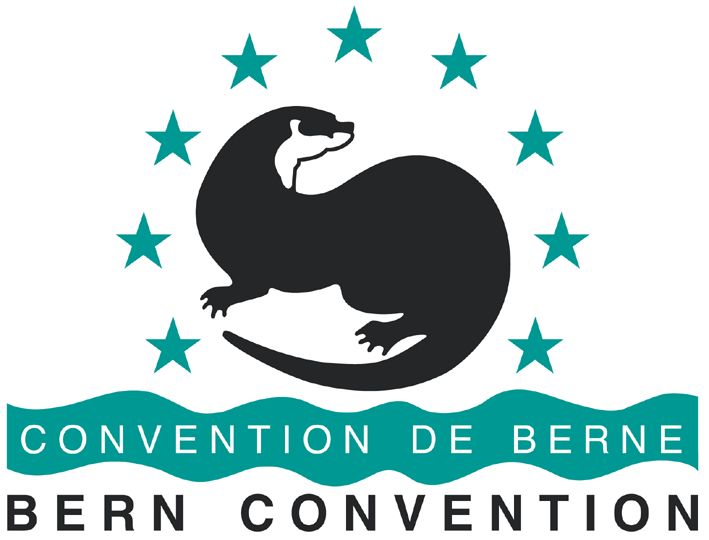Management and ecological character

Resolution No. 8 (2012) further details the requirements of the Standing Committee regarding the planning and establishment of management measures for Emerald Network sites:
2. Management
2.1 The national designation of the adopted Emerald sites will ensure that they are protected from external threats and subject to an appropriate regime for achieving a satisfactory conservation status of the species and natural habitats listed in Resolutions no. 4 (1996) and no. 6 (1998) present on the site, involving, if and where appropriate, management plans, administrative measures and contractual measures;
2.2 The authorities responsible for the implementation of the management measures and their monitoring will be clearly identified;
2.3 Specific short and long-term site objectives will be drawn up for the management of Emerald sites, in compliance with the national/regional conservation objectives of the country, in order to facilitate the monitoring of their implementation and the regular assessment of their achievement;
2.4 National, regional and local stakeholders will be involved, if and where appropriate, in the planning of the management of the sites, as well as in the implementation of the conservation and protection measures foreseen, and in the monitoring of the sites’ management.
Given the advances made in recent times to expand the Emerald Network towards full completion, there is a greater need than ever for the Bern Convention and its Parties to be equipped with tools for an effective and efficient management of the network.
Extensive guidance has been published for the management of the Natura 2000 sites and should be considered as source of inspiration for the implementation of the Bern Convention’s management requirements concerning the Emerald Network. These resources provide elements and pointers to consider, and steps that can usefully be followed to design and operate management schemes that could be set up and implemented across a range of different contexts and situations. Some of them complement existing documents of the Standing Committee to the Bern Convention.
The resources presented here aim to deepen the concepts highlighted in the 2014 document entitled Towards Management of Emerald sites: Guidance document and to bridge the theory and the practice.
-
Guidance on the ecological character of Emerald Network sites
-
Guidance documents: Managing Natura 2000 sites
- Guidance on Natura 2000 and forests (2015)
- Guidelines on Climate Change and Natura 2000 (2013)
- Guidelines supplement: assessment of the vulnerability of species and habitats of Community Interest to climate change
See also the Draft guidelines on managing the Emerald sites, including climate change adaptation and mitigation (2015)
-
Sector specific guidance:
The Bern Convention, with the support of Birdlife International has developed guidance on:
- Wind farms and birds: an updated analysis of the effects of wind farms on birds, and best practice guidance on integrated planning and impact assessment (2013)
- Recommendation No. 110 (2004) of the Standing Committee on minimising adverse effects
of above-ground electricity transmission facilities (power lines) on birds
The European Commission developed sector-specific guidance in the following policy areas: non-energy extractive industries, wind farm development, ports and estuaries, inland waterway transport, aquaculture, hydropower, etc.
- Guidance document on wind energy developments and EU nature legislation (2020)
- Guidance document "Farming for Natura 2000" (2018)
- Inland waterway transport and Natura 2000 (2018)
- The requirements for hydropower in relation to Natura 2000 (2018)
- Guidance on Energy Transmission Infrastructure and EU nature legislation (2018)
- Guidance on Aquaculture and Natura 2000 (2012)
- The implementation of the Birds and Habitats Directives in estuaries and coastal zones (2011)
- Non-energy mineral extraction and Natura 2000 (2011)
-
Other guidance documents:
-
Good practices examples of managing Natura 2000 sites:
25 examples of the successful management of Natura 2000 sites in the following sectors: Farming, Forestry, Rivers, Marine environment and Wetlands are available here
-
Management models for protected habitat types
Management models developed for 25 habitat types listed under the EU’s Habitats Directive are available here.
They provide a detailed overview of the distribution, ecological requirements, main trends and threats of the habitat type in question, together with a description of appropriate management prescriptions and techniques for their conservation.
-
Species conservation through rural Development Programmes
A report looking at how the conservation of certain species of wildlife protected under EU’s Habitats and Birds Directives can be supported through the Rural Development Programmes (2007-2013) is available here.
The second part of the above referred to report presents fact sheets about 12 species. Each provides key information about the species ecology, its threats and beneficial farming/forestry practices and highlights the different opportunities available for integrating the species conservation needs into rural development programmes as illustrated by practical examples from different countries/regions.
-
Individual Species fact sheets
- Great bustard, Otis tarda
- Large blue butterfly, Maculinea arion
- Corncrake, Crex crex
- Meadow viper, Vipera ursinii
- Yellow-bellied toad, Bombina variegata
- Bittern, Botaurus stellaris
- Hamster, Cricetus cricetus
- Skylark, Alauda arvensis
- Ortolan Bunting, Emberiza hortulana
- Scops owl, Otus scops
- Great capricorn beetle, Cerambyx cerdo
- Capercaillie, Tetrao urogallus
These fact sheets complement the Single Species Action Plans endorsed by the Bern Convention by the means of Recommendation No. 165 (2013) of the Standing Committee on the implementation of twenty-one new or revised action plans for most threatened birds in the Convention’s area.



